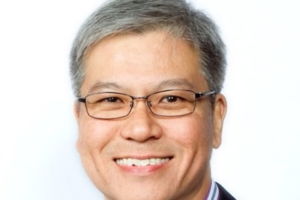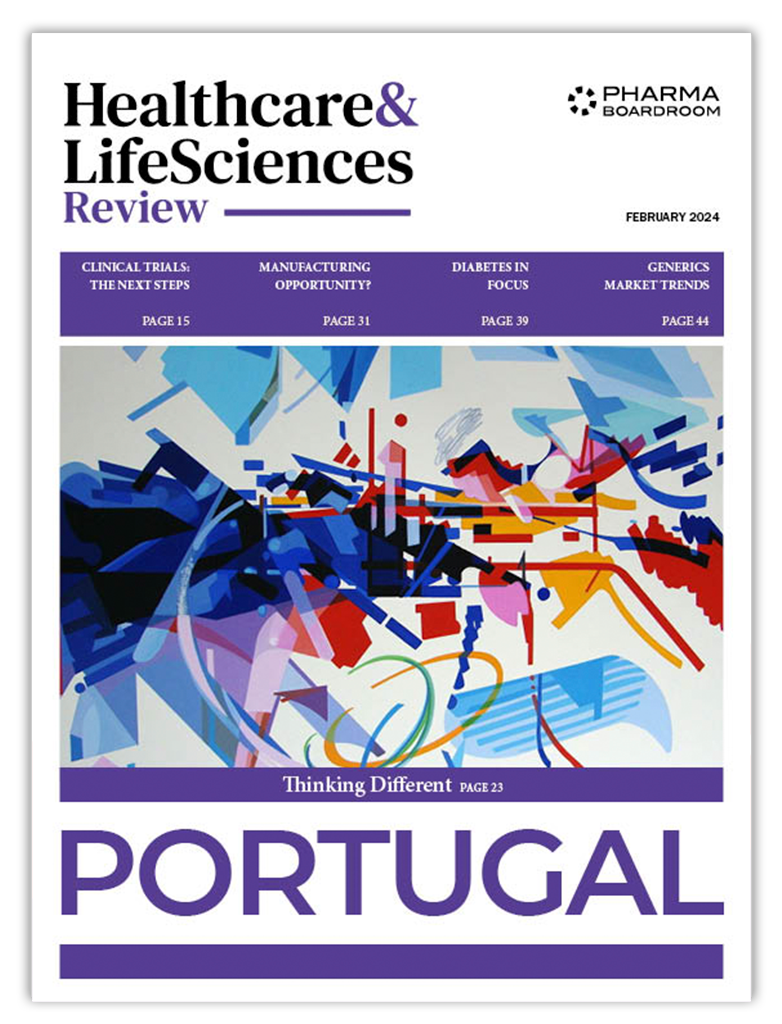Clarence Ngui describes how global orthopaedic product giant Zimmer Biomet has pivoted in APAC in response to the COVID-19 pandemic; how medical education needs differ across the vast APAC region; and the challenges that have kept him at Zimmer for over 24 years.
Could you give us an insight into your career trajectory and the remit of your current role as regional VP for medical education in the Asia Pacific (APAC) region?
Over the last 24 years I have worked across a variety of different roles at Zimmer Biomet, one of the world’s leading companies for the design, development, manufacturing, and marketing of orthopaedic products. I started off in marketing before a couple of stints in commercial roles, including direct management as general manager of Singapore, Malaysia & Export Markets and VP of the ASEAN region. Today, I head up our medical education work in the APAC region. The company decided to split off this function back in 2004 and it is now branded as the Zimmer Biomet Institute.
APAC is a very diverse region with varying different levels of economic development and infrastructure. What specific challenges does this create in terms of medical education?
Asia Pacific as a region represents countries at various levels of development and as such has very diverse needs for education.
Therefore, there are challenges in developing an APAC-wide program and formulating the right agenda and course objectives to meet training needs across the region. To address this issue, we complement our APAC-wide meetings with locally organised events that meet specific countries’ educational needs.
What positives have you seen come out of the COVID-19 situation for the Zimmer Biomet Institute?
One positive outcome from COVID is a drive to improve our online presence and virtual offerings. After the past year and, seeing that these online engagements can work well, we are aiming to incorporate virtual training strategies with our face-to-face events moving forward. This has been developed as a matrix with the ability to dial-up or dial-down the level of online presence depending on the type of engagement or training modality.
What is the scope of Zimmer Biomet in the region and its importance to the global group?
APAC is an important region for Zimmer Biomet globally. We conduct the full scope of the company’s activities here, from sales, marketing, and distribution to manufacturing and R&D. The region has been growing in terms of its contribution to global revenue and last year made up around 18.5 percent of total sales, up a couple of percentage points from previous years. Despite the challenges of 2020, this trend is continuing, and the region is increasing in importance.
What is driving Zimmer Biomet’s growth in APAC? Is it a case of more active lifestyles leading to greater wear and tear on joints, a rise in obesity putting more pressure on people’s joints, or the economic situation more generally?
I would say that all of these factors play a role, as do the improvements that have been made in patient education.
Historically, countries in APAC have been underrepresented in terms of surgery. This is especially true for older generations, where there is the perception that if a patient goes into a hospital, there is a high chance that they will not make it out again.
As an example, someone in their 60s with arthritic pain in the US would get surgery if necessary, so that they could play golf and lead a normal lifestyle. However, in Asia many older people are resigned to the ageing process and not being able to continue their normal activities.
Presumably, the past year has seen a massive decrease in non-urgent surgical procedures. How has Zimmer Biomet managed to grow despite that and how has it pivoted in the last year?
For the sales group which manages surgeries, it was a tough year. The hospitals were overwhelmed with COVID-19 patients at various stages and during some periods there were total shutdowns with only urgent medical treatments provided. Luckily, our second biggest business globally, Japan, did not really slow down and today is still pushing on and conducting elective surgeries. This has been a real saving grace.
Secondly, we saw quick recoveries in both China and Australia as they sped through backlogs to meet the needs of patients whose surgeries were delayed. This was certainly a driving factor for how we managed to stay on a positive growth trajectory last year.
For those countries where elective surgeries were put on hold, we found other means to make sales through selling equipment and disposables and forming partnerships with external third parties to try and close the gap as much as possible.
COVID-19 has facilitated greater digital uptake in both internal and external stakeholder engagement, but do you see the past year as an inflection point for an embrace of cutting-edge technological solutions like robotic and remote surgery? How receptive are stakeholders in APAC to these kinds of solutions?
We had originally planned to launch our robotic line in 2020 before COVID hit. Luckily, despite the delay, we still managed to get it off the ground last year and we have seen good uptake of robotics across APAC in general. There is certainly a huge interest in robotic technologies.
What is the importance of Singapore within your operations in APAC?
Singapore plays a very important role as a regional headquarters due to its central location with great connections to the rest of the region. The country has often been described as ‘Asia light’ or ‘Asia 101’ because, to some extent, it is the most comfortable landing point for Westerners living in Asia for the first time. This means that Singapore acts as a talent attraction hub. The fact that English is widely spoken is also important.
The country has a pro-business government with an attractive tax system and efficient processes making it a great place to test out new products. While regulatory requirements in Singapore are still stringent, there are clear pathways to launch a new product with all its paperwork into the market within six to nine months. This contrasts with some other countries in the region where there is no such clear pathway.
Do you think there is potential for greater regulatory harmonisation between countries in the APAC region?
There is definitely the potential for the ASEAN countries to harmonise some of these regulatory pathways, although harmonisation across the entire region would be much more challenging.
Following the challenge of 2020, what are the goals for the Zimmer Biomet Institute for 2021 and beyond?
The focus for the future is incorporating and supporting our online programs with the resumption of face-to-face meetings and travel, as well as making the Zimmer Biomet Institute’s educational activities and events stand out and be more competitive in the sea of webinars that stakeholders are faced with today.
What motivates you to keep working for Zimmer Biomet?
Without wanting to sound too idealistic, working in the healthcare and medical device industry we see a lot of patient stories and have a strong feeling of doing good. Our mission statement includes alleviating pain and improving the quality of life for patients around the world. I have always enjoyed being part of such a noble mission. Throughout my 24 years with the company and, despite some ups and downs, at its core, this mission remains truly compelling.
Secondly, the company has challenged me with many different roles over the years which have kept my career fresh and interesting. In my current role, my aim is to upskill our team to make them more professional and technically skilled. Affecting change and being able to see the team grow and progress has been a real joy.
Lastly, the company and its leadership has shown that it values its team members throughout the COVID-19 pandemic. While a lot of companies downsized or backtracked to beat bottom lines. Zimmer Biomet did not let anyone go and was able to pay team member bonuses. This would not have been possible without the leadership of Bryan Hanson, our CEO, as well as our APAC president, Sang Yi.
Although 24 years is a long time in one company, every day I wake up with a new challenge ahead of me.







